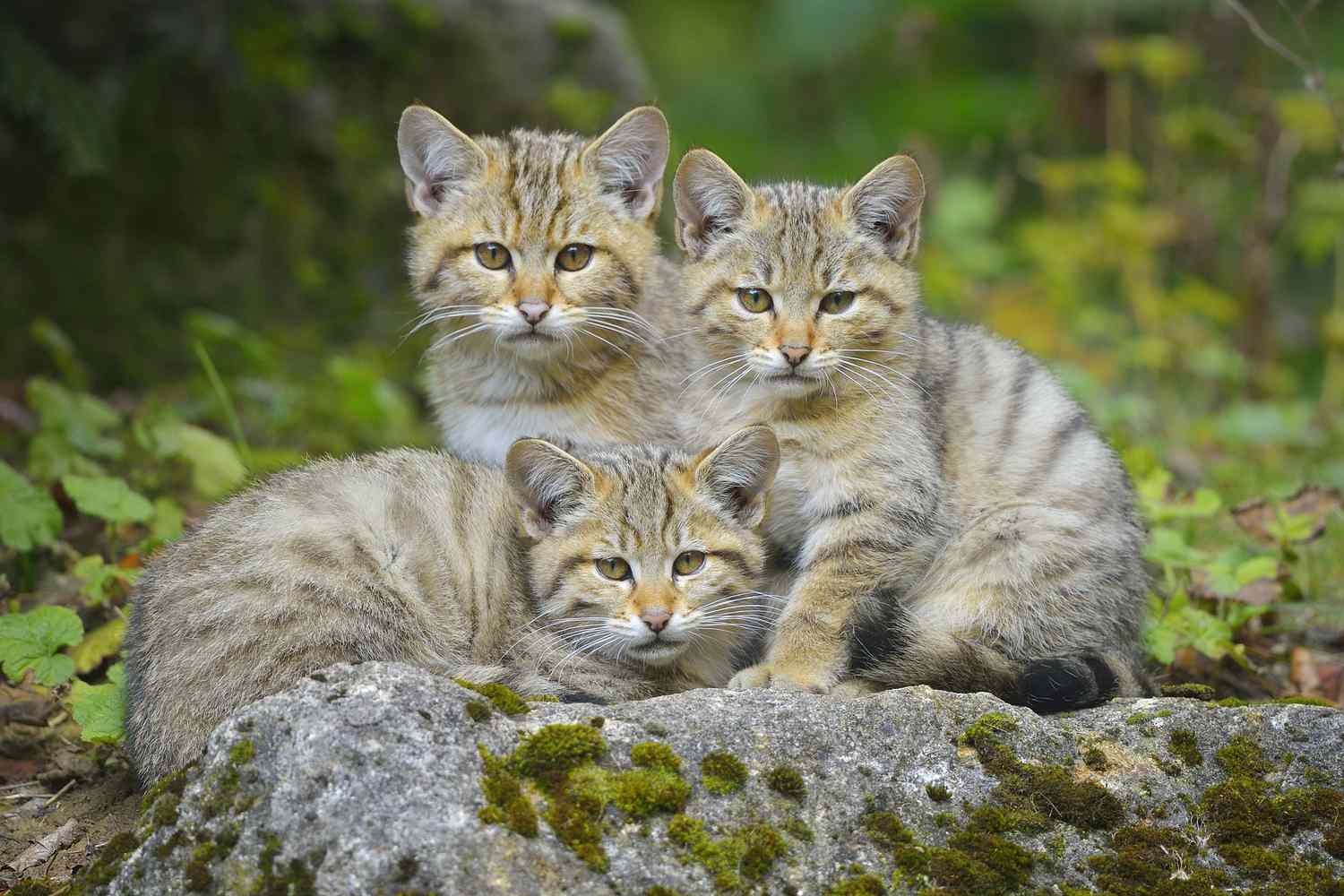
The truth about the domestication of cats and their love for humans
Many cat owners realize with bitterness that most of the time their animals don’t care for them. This “domesticated” feline does not particularly seek the presence of humans, unlike a dog that rushes to the door when his master returns. Recent studies lift the veil over the origins of cat domestication 10,000 years ago. They allow us to consider this kitten with less prejudice about their presence near us.
Dogs and cats are among the most popular pets around the world. In France, the trend has been on the rise since 2010 for cats, reaching a number of 15 million in 2021 (against 7.5 million for dogs), making the country the second largest in Europe in number of cats.
But can we really talk about “pet cats”? Cat owners like to joke that they are still wild, domesticating us rather than the other way around. Dogs depend on us to the point of surrender, but cats seem to constantly re-evaluate the merits of our relationship, as well as their role in our lives.
However, over the past decade, evidence has begun to accumulate regarding their faithful attachment to their owners, through the prism of their domestication, which is only becoming clearer thanks to recent genetic data.
Chance and unique domestication
The domestication of cats dates back nearly 10,000 years, according to A Stady Genetics 2022 conducted at the University of Missouri by Leslie A. Lyons, a cat geneticist and professor of comparative medicine. The bond between humans and cats is likely the result of a change in the lifestyles of our ancestors.
Lyons and his team examined the genotypes of more than 1,000 cats from Europe, Asia and Africa, and compared 200 genetic markers linking regions and breeds. She explains that our ancestors became more sedentary by cultivating the land, abandoning the wandering hunter-gatherer lifestyle. Then they built grain reserves to attract rodents. The occasional presence of cats was appreciated for pest control, which encouraged communities to research the presence of cats.
In addition, based on these genetic comparisons, it also appears that these “domesticated” cats spread around the world alongside humans. Lyons points out that while horses and cattle were domesticated in different domestication events in different parts of the world and at different times, cats appear to have arisen from only one domestication event in the regions of the Middle East around the Tigris and Euphrates rivers, before the migration. with people all over the world.
Semi-domesticated opportunist cat
The researchers were also keen to clarify the differences between domestic cats and other pets in terms of the effects of domestication and living in the company of humans.
Lyons says in a communication :” We can actually call cats semi-domesticated because if we let them loose in the wild, they are more likely to hunt and be able to survive. […] because of their natural behaviour “.
At first, the cat can be seen as an opportunist who has evolved to take advantage of civilization. but ” Unlike dogs and other pets, we didn’t change our cats’ behaviors during the domestication process Lyons adds.
For scientists, today’s cats come from ancestors who were relatively tolerant of our presence. Danijela Popović of the University of Warsaw, in a Stady published in 2022, supports this hypothesis. Cats only originally approached humans for food reasons. This rapprochement was tolerated on both sides.
Humans then went from being tolerant of cats to welcoming them and wanting to keep them close as pets, developing feelings of affection. But is it the same with cats? Because in the end they don’t need us…
A real emotional attachment, but it’s been misunderstood by humans
For Charlotte Mouzon, of the University of Paris-Nanterre who signed a study in 2022 showing that a cat knows when its owner is talking to it, believing that these animals do not have any real emotion that comes from confusion. In fact, cats do not make large demonstrative gestures like dogs, because they did not develop muscles to raise their eyebrows for example. Their expressions of affection are more subtle.
Several other studies show a cat’s interest in its owner’s voice. In 2019, for example, Atsuko Saito of the University of Tokyo revealed that domestic cats recognize their own names, but she explains this in an article he published. new world :” Cats did not evolve to respond to human cues. They will communicate with humans whenever they want “.
Another sign of cats’ emotional attachment to us comes from a 2021 study. A Japanese team led by Saho Takagi of Kyoto University found that cats display jealousy, which was highlighted by comparing a cat’s reaction when its owner slapped a realistic-looking cat. (potential competitor) or a fur pillow.
Finally, A.J Stady From 2019 led by Christine R. Vitale of the University of Oregon, it shows that cats can form strong bonds with humans. One by one, 70 kittens between the ages of 3 to 8 months were taken to an unfamiliar room by their owners. After 2 minutes the owner left and left the kitten alone for 2 minutes. Then the owner returned. Most of the kittens (64%) showed a clear emotional attachment.

“Organizer. Social media geek. General communicator. Bacon scholar. Proud pop culture trailblazer.”
